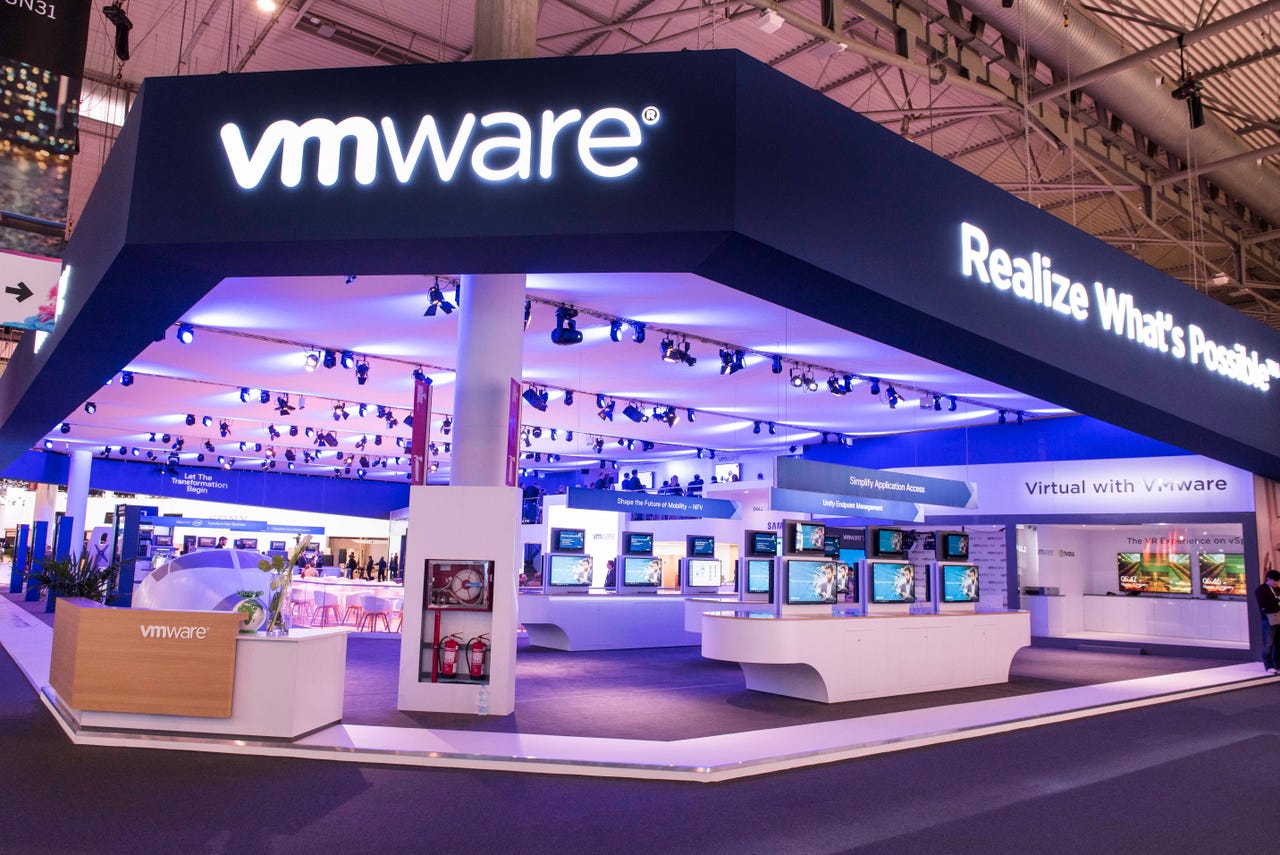VMware updates vSAN with multi-cloud customers in mind


VMware on Tuesday announced the latest version of vSAN, its software-defined storage platform, with features like native hyper-converged infrastructure (HCI) security (an industry first), intelligent operations that bring down the total cost of ownership (TCO), and support for the latest hardware and applications.
Featured
The Palo Alto company has been releasing new versions of vSAN about every six months, and version 6.6 includes more than 20 new features. Some of those key updates give customers the sort of flexibility they'll need as they move toward a multi-cloud environment, said Lee Caswell, VMware's VP of products, storage & availability.
For instance, with native encryption for data at rest, customers can use any vSAN-certified hardware they want -- they no longer have to rely on expensive self-encrypting drives (SEDs). Native encryption is necessary for some customers interested in bringing HCI into their mainstream datacenters, after using it on edge applications like remote office.
"Longer term, this is the same encryption we're building into the public cloud and into our vCAN partners," Caswell said. With common encryption independent of any of the hardware, the vSAN architecture allows customers to share secure data across the hybrid cloud. "That's a necessity of being multi-cloud," he said.
Customers also have a range of choices for deploying their HCI software on or off premises, including options from 15 major server vendors. While VMware only supports its own hypervisor, vSphere, Caswell said it's more critical for customers to have choices when it comes to hardware -- something HCI competitors like HPE aren't offering.
Customers, he said, "want to choose the server vendor they have based on their approved server list, existing purchasing decisions, the latest technology available -- they expect to have choice." Enterprises are consolidating the equipment they want to manage themselves, and they're conscious about their on-premise investments versus cloud investments.
"Flexibility in server hardware... extends into multi-cloud," he said, "because some of that server hardware might be sitting in Amazon or IBM Softlayer."
VMware's software stack is already available on the IBM cloud, and later this year, VMware will be the only HCI company available on Amazon Web Services.
"What we believe is that most enterprise customers -- all -- will be using multiple clouds," Caswell said. "The real value is to make sure our software stack is available in the public cloud."
vSAN 6.6 should also help IT departments keep budgets low with enhanced Stretched Clusters that protect against both site and local component failures, cloud analytics to help optimize a vSAN environment, and automated hardware maintenance.
Generally speaking, hyper-converged infrastructure can have economic benefits related to management and personnel as well, Caswell noted. Now that it's possible to manage complex storage with virtualization administrators, "you've got an opportunity to move to a storage generalist model as opposed to a storage specialist, and that's changing the economics for customers," he said.
The economic benefits explain why, when the storage market overall is declining, companies continue to increase their investments in SDS. VMware, for its part, says it now has more than 7,000 customers using its HCI software.
Also see:
- Can hyperconvergence simplify storage?
- NetApp delivers strong Q3, teases new hyperconverged systems
- Dell EMC launches VMware-powered VxRack system with PowerEdge servers
How ethics migrate to the cloud: